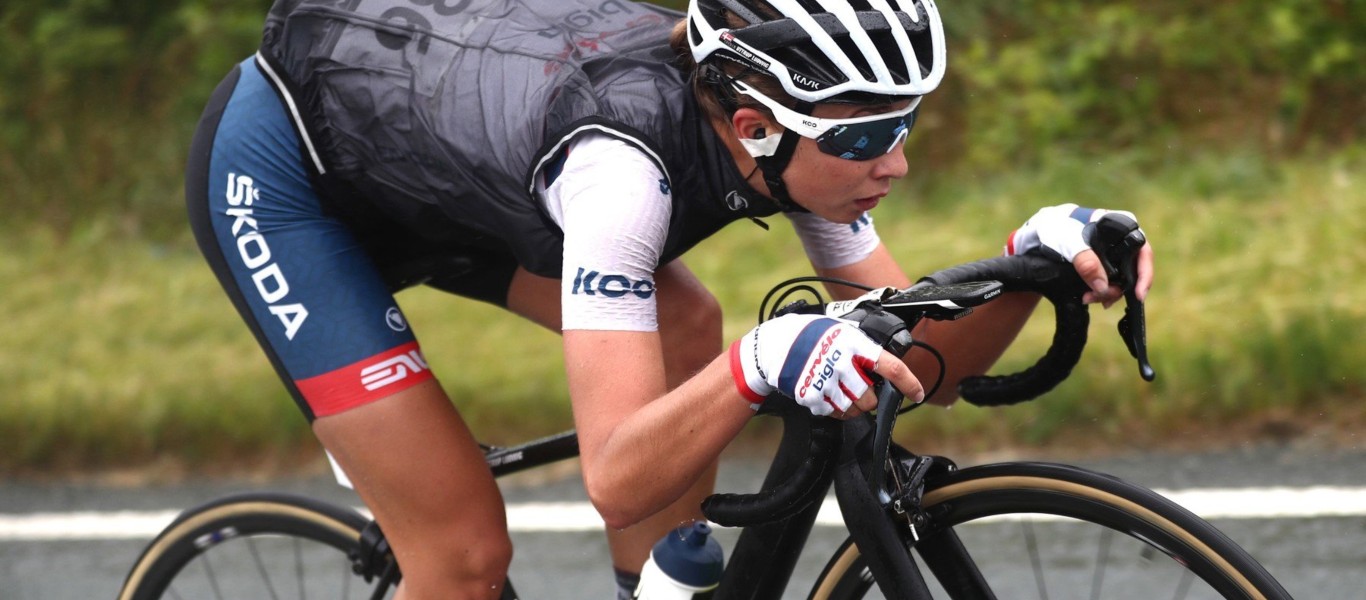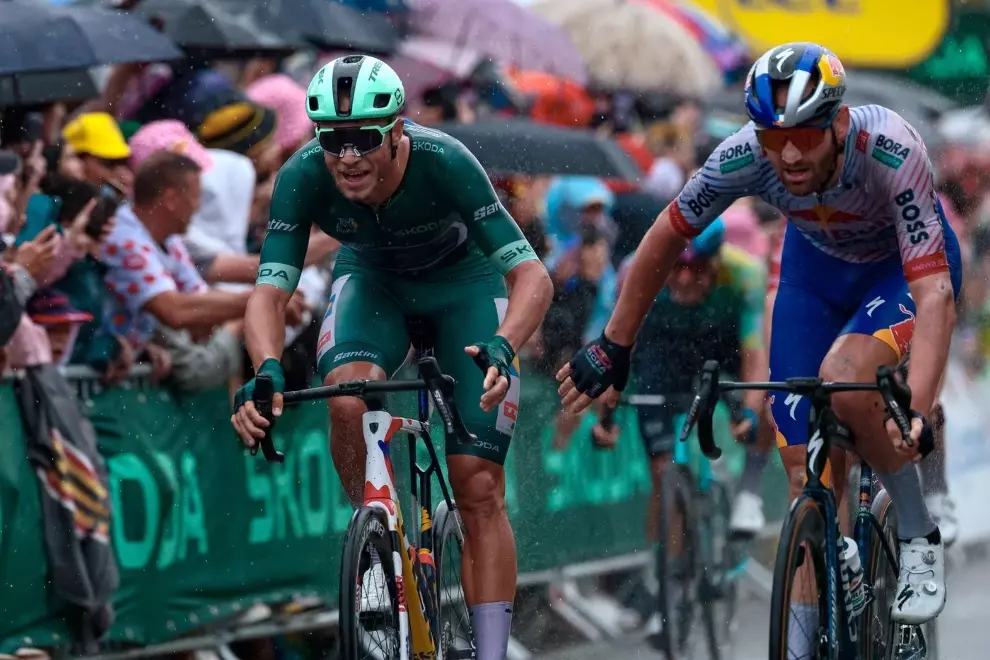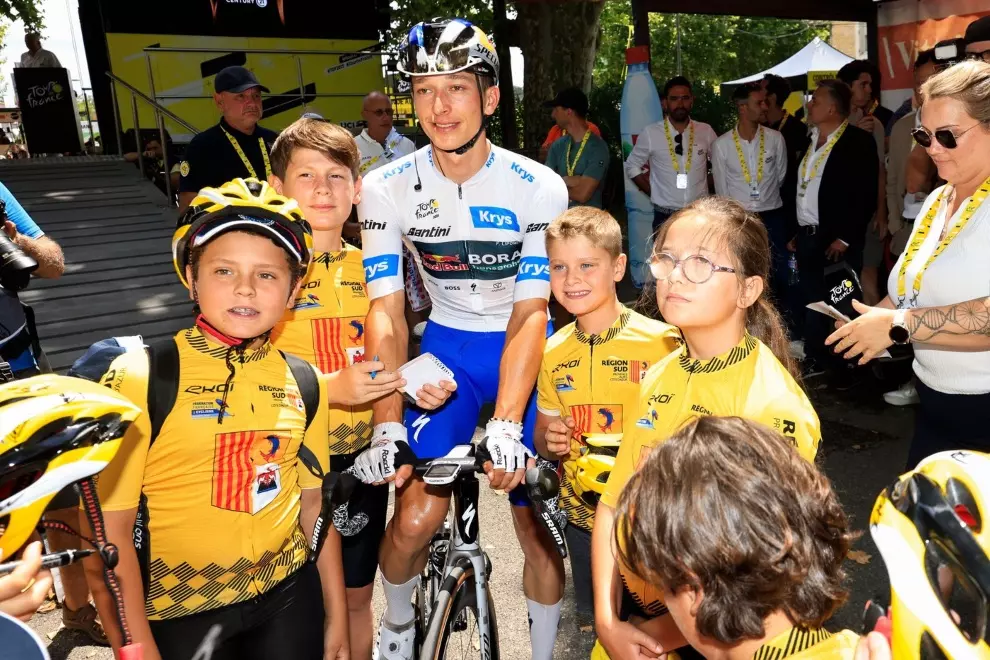This is our first piece in a series about managing work and play while figuring out how to turn your cycling goals into reality. We’ll be talking with several inspiring women who are at different stages in their cycling career and development, discussing real strategies for making it work without burning out.

Harri Wilson is a final-year medical student. She works a full-time placement at the hospital, cooks all her meals from scratch, loves spending time with her boyfriend and friends, and she wants to be a professional cyclist. She started her cycling adventure on an old mountain bike in 2016, cycling a few hundred miles around the west coast of Scotland and completing a trek from Peru to Bolivia that summer. She was hooked right away, loving the immersion in your surroundings that only cycling can provide. She upgraded to a BMC Teammachine in early 2018 and now rides around 150 miles a week, over 200 if the weather is good. This summer, she competed in the Scottish National women’s road races and is looking forward to building on her standings in 2019.
We talked to her about training, gear, budgeting, finding balance, and avoiding burnout. Whether you’re an aspiring pro or just looking for ways to incorporate more cycling into your schedule, she has some very solid advice for achieving your goals while enjoying the time you spend on your bike.
Listen to your body and stick to what works best for you
What’s an average day and how do you manage competing obligations?
Generally, I leave to cycle to the hospital between 7-8 a.m. Then I’ll have a full day on the wards and teaching, usually getting home between 4-6 p.m. Then I have to fit food shopping, cooking, washing, etc. in with training, socialising, and studying. It’s a lot, but with experience I’ve learned to be more realistic about what does and doesn’t work for me – I know now that I don’t study well in the morning, for example, so that’s a good time to do any training or food shopping that I’ve got planned for that day. Equally, realising how long a session actually takes – to set up, complete, then dismantle the trainer, eat, and shower afterwards – means you don’t end up late for the next thing because you hadn’t expected to spend 10 minutes eating toast and looking at Strava afterwards!
Make a plan and stick to it
Any scheduling tricks or tips?
To fit everything in, I draw up each week on a sheet of A4 paper, with a column for each day. Then I can block off the times that I’m at the hospital or have other obligations, and that leaves the gaps where I can fit in studying and training. I found when I started doing this that it meant I used my time a lot more efficiently, as it makes the gaps in your day where you can slot in a task or a session much more obvious. Living in Glasgow, training is somewhat dictated by the weather, so I plan my outdoor rides by the forecast and slot the rest in around those. Those weekly timetables mean I don’t have to do any more deciding during the week, and also mean I’m less likely to bail on training sessions – it’s much easier to follow a plan than wait for motivation to strike!

Buy good gear but be smart about it
How much do you spend on cycling every year?
Hmm, my boyfriend asks that a lot! I’ve bought two bikes this year, which inflates it a bit, but probably just shy of £1000 apart from those. The money goes on high-quality kit (unlike most sports I’ve done, in cycling, unfortunately, you do get what you pay for!), nutrition – including the extra meals I eat each day to reach my calorie requirements – and things like train tickets, coffee stops and the odd weekend away to try somewhere new. The price of cycling is definitely a barrier, but I’ve got all my bikes for over 50% off the retail price (either by buying ex-display or second hand). You can get very good cycling kit for over 50% off on sites like Wiggle, Pactimo and Evans Cycles – it doesn’t have to break the bank and makes a huge difference to your comfort and enjoyment of the ride.
Don’t forget to enjoy the process
How do you justify spending so much time on your bike?
Cycling makes me happy – when I clip into my bike, it’s like a weight lifts off my shoulders and I feel totally stress-free for those few hours. Spending so much time exploring the world is a really special thing and an absolute privilege. Secondly, I train because I have goals that I want to achieve – and I know I won’t get out what I don’t put in. Where motivation fails, the determination and discipline to believe the hard work will pay dividends is what gets me on the trainer when my friends are in bed watching Netflix.
I had a period of burnout last year, when I was sick of all the local routes and frustrated by the inequality in cycling. After a few weeks with no mojo, I sacked off the intervals and went away for a long weekend by myself in a really tranquil part of Scotland. Three days of new roads and no commitments really allowed me to relax and rediscover the joy that cycling had brought me in the first place.
Training smarter lets your train harder
What has been the biggest challenge for your progress?
Not having a proper setup for interval training. The roads around Glasgow are exclusively steeply uphill or downhill, so I can’t directly translate an interval session to an outdoor ride as many people do. Living in a tenement flat, it wouldn’t be fair to my flatmates to do a lot of riding in the flat – they have finals too, and the noise and mess would be too much of an imposition. I trained for two years on a Wattbike at the university gym, but the air conditioning isn’t suitable for indoor riding, and I was fainting off the bike from the heat. This year, I have a quiet magnetic trainer and a power meter, and I’m doing my sessions in the stairwell with the windows open. It’s better but not as good as a smart trainer and a fan would be (I’m getting those next).
Learn to make the most of your time
What would you say to other riders who would like to commit more time to riding but are struggling to do so?
You probably have more time than you think. I know I pack about six times as much stuff into my days as many of my peers – it’s about finding those time gaps and learning how to use them. Interval training means you can gain a lot of fitness in just a couple of hours a week, and if you head out early (7 or 8 a.m.) on a Saturday or Sunday morning, you can get a great longer ride in before your family (and the traffic) are properly awake. You get faster at getting out the door with time, too. There’s a lot of evidence that exercise makes you less likely to procrastinate and a more effective learner – coupled with the good mood that comes from a ride alone or with friends, any effects on the rest of your life should be pretty positive!





